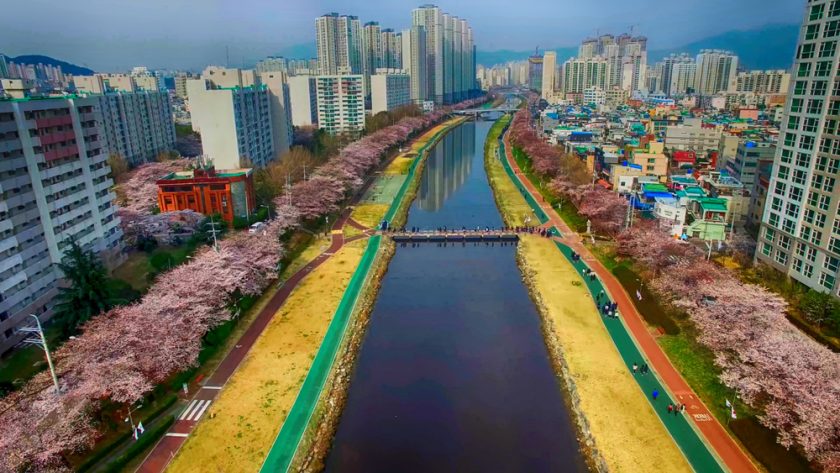The Korea Herald reports that on February 17 under the South Korean government’s plan to commercialize urban air mobility “in central cities by 2025, the Transport Ministry on Thursday kicked off the K-UAM Grand Challenge program to coordinate all of South Korea’s UAM-related activities as part of its focus to enable emerging aviation markets.”
“This Ministry-led program will bring together industry players including aircraft developers, airspace designers, and air traffic management operators with the goal of developing and operating air vehicles or airspace management services in the UAM ecosystem,” says the report. “The industry players will jointly run a demo test of UAM at Korea’s first UAM test bed, located in South Jeolla Province.
“The K-UAM Grand Challenge program is joined by the Korea Aerospace Research Institute and 124 companies including Hyundai Motor Group and Korean Air who are part of UAM Team Korea. Also participating are foreign UAM stakeholders like Joby Aviation, Volocopter and Skyport, as well as global institutions like NASA who will lead tests on capabilities and readiness of vehicles and systems that could revolutionize mobility.
“Through the K-UAM Grand Challenge, we will have practical proof of validated operation for UAM and commercialization of UAM services. Such outcomes will create a new, competitive and international traffic management system in Korea,” said Hwang Seong-kyu, second vice transport minister.
The Ministry plans to evaluate the safety of UAM aircraft, establish technical standards, demonstrate operation of vertiports and discuss the budget and cost liability of K-UAM services through a demonstration test in Goheung, South Jeolla Province by 2024. In 2020, the government selected Goheung’s state-run aircraft performance test centre, located on a site spanning over 380 square kilometers, as a test bed for K-UAM commercialization.
The Transport Ministry will prioritize the introduction of air medical services, such as patient ambulance transport and cargo delivery to underserviced communities, starting with gradually replacing helicopter demand with UAM aircrafts in the defense sector. It also wants to develop tourism UAM services and set up UAM theme parks with help of local governments and public institutions to raise public awareness about UAM.
According to the initial concept of operation the first eVTOL flights will have pilots on board and fly through pre-designated and fixed corridors. In 2025, four vertiports are planned for construction at public buildings such as firefighting stations and hospitals with linked by two corridaor routes. “They will run 11 times a day with a cost of 3,000 won (USD2.50) per kilometer per person. The number of expected vertiports will expand to 52 with some 203 fixed routes, running more than 43,000 times a day at a rate of 1,300 won per kilometer per person,” according to the newspaper report.
According to a statement on the ministry website:
“The K-UAM Roadmap was released by the Korean government with the goal of commercializing Korea Urban Air Mobility (K-UAM) by 2025. The K-UAM Concept of Operations 1.0, which will serve as a guideline for the commercialization of Korean urban air mobility, was published in September of last year and the plan for public-private joint demonstration project was promoted.
For more information
http://www.koreaherald.com/view.php?ud=20220217000714
http://en.kuam-gc.kr/
(Image: Cherry Blossom Blooming Spring of Oncheoncheon Citizen Park, Dongraegu, Yeonjegu, Busan, South Korea. Shutterstock)




